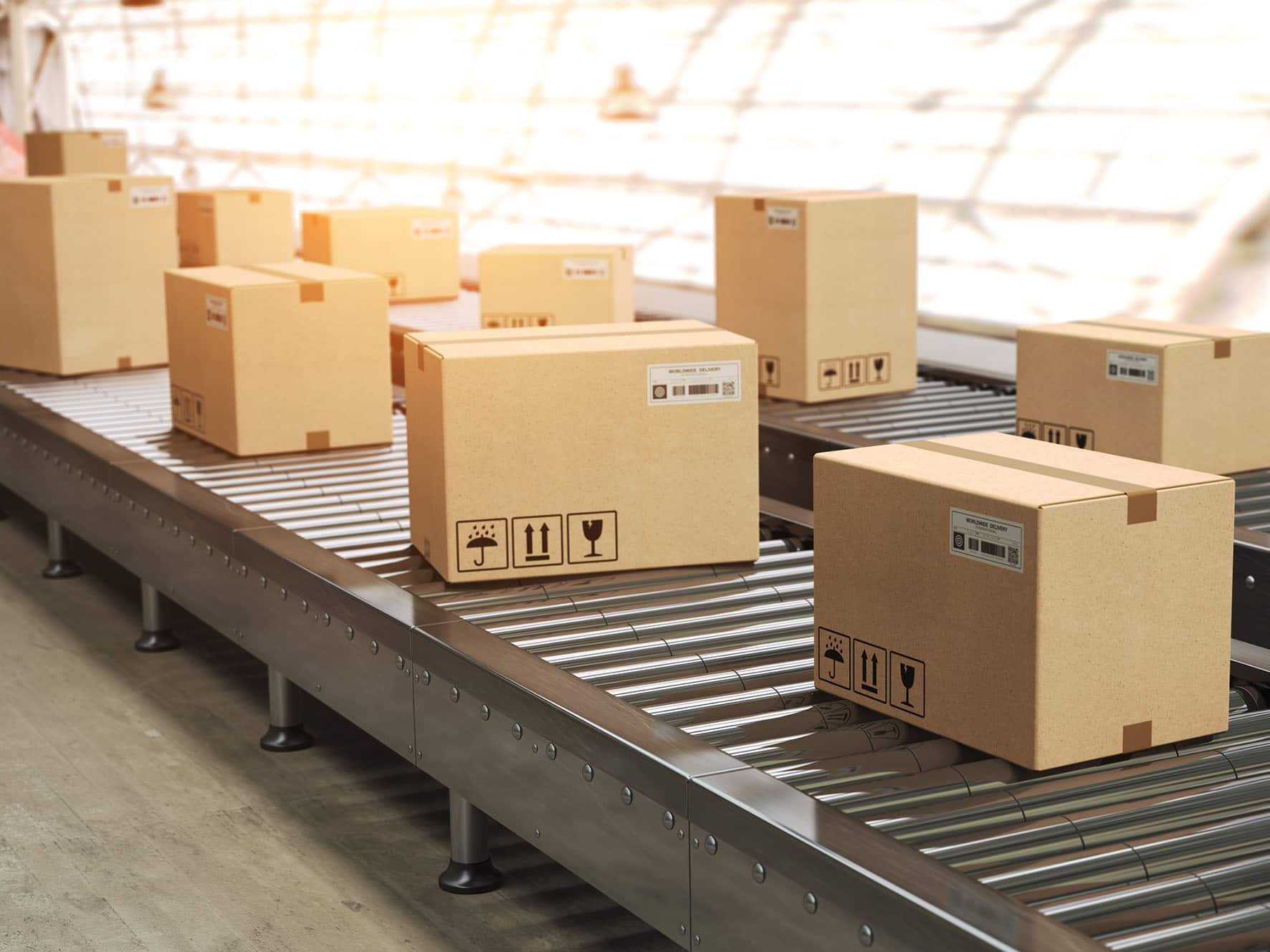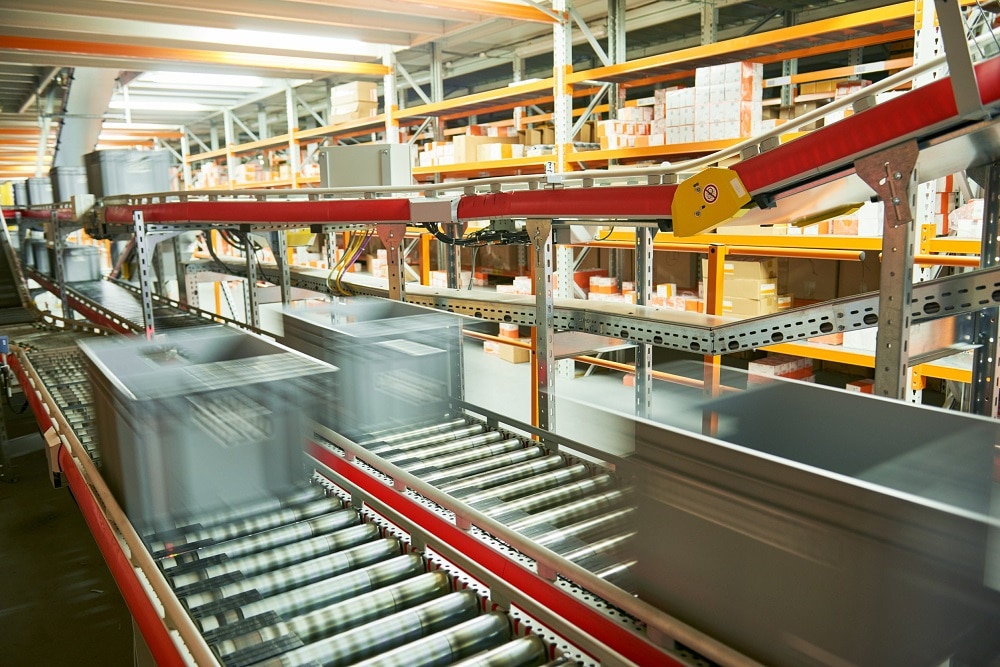Divisions
Not Finding What You're Looking For?
Head over to our contact page and tell us what you’re looking for and we’ll handle the rest!
Head over to our contact page and tell us what you’re looking for and we’ll handle the rest!

Conveyors do pretty much what their name implies; they mechanically convey goods and materials from one point to another. A simple conveyor might move chocolates from dipping to boxing, allowing employees the chance to inspect them along the way. But conveyor systems can also be quite complicated and elaborate, like those found in massive distribution warehouses where boxes travel miles of conveyor belts to get from the picking location to their loading bay.
Whether the system is complex or straightforward, conveyors provide several critical benefits to business owners, including the following:
Indoff is a supplier of complete conveyor system solutions for businesses in a wide range of industries. If you’ve got a conveyance project you’re considering, contact an Indoff sales representative today to get started.
Let’s look at the important elements of conveyors and conveyor systems.
A basic conveyor involves a belt stretched between a minimum of two pulleys. The conveyor belts you use at the grocery store are a good example. The belt is a closed loop; when the pulleys rotate, the belt rotates as well in one continuous movement. The drive pulley pulls the belt and is powered by a motor.
Now, let’s take the idea of a belt controlled by two rotating pulleys and make some modifications to serve different purposes. Here are just a few examples:
Each type of conveyor fills a specific purpose. Airports use conveyors to move luggage and moving sidewalks – another type of conveyor – to move people. Warehouses use conveyors on belts and rollers to move products and raw materials. Ski lifts are conveyors that use chains and pulleys to move skiers up the mountainside. Conveyors come in all shapes, sizes, and configurations that all share a few essential elements.
True conveyors share three essential elements:

As you might imagine, conveyor options are almost endless. What factors do you need to consider when making a choice?
If you’ve got questions about how conveyors might boost your productivity and your bottom line, contact Indoff today. Our materials handling partners are ready to learn about your business and your goals and get you started on designing or upgrading a conveyor system for your operations. Choose Indoff to keep things moving.
Courtney joined Indoff in 2010. She brings years of experience in project management and tech solutions and is responsible for supporting our Partners’ sales efforts.
Phone: (314) 997-1122 ext. 1291
courtney.brazell@indoff.com
Josh joined Indoff in 2013 as part of the acquisition of Allied Appliance and was paramount to Indoff’s acquisition of Absocold, a manufacturer of refrigerators and microwaves, in 2017. In 2025, Josh was promoted to President of Indoff, where he collaborates closely with Indoff’s Partners and Marketing department to develop and implement strategies that enhance the Indoff brand. Josh’s leadership and industry knowledge are instrumental in ensuring Indoff remains a leading provider of business solutions nationwide.
Phone: (314) 997-1122 ext. 1107
josh.long@indoff.com
Jim joined Indoff in 1988 after spending 5 years at Ernst & Young, where he specialized in audit and accounting for privately-held businesses. Jim is responsible for the day-to-day management of Indoff.
Phone: (314) 997-1122 ext. 1203
jim.malkus@indoff.com
John’s background includes the start up and acquisition of several successful business ventures, and he provides strategic planning and overall corporate governance.
Phone: (314) 997-1122 ext. 1201
john.ross@indoff.com